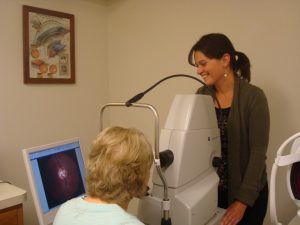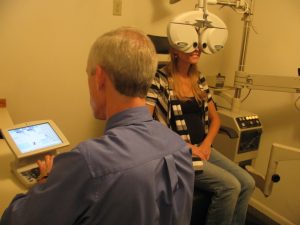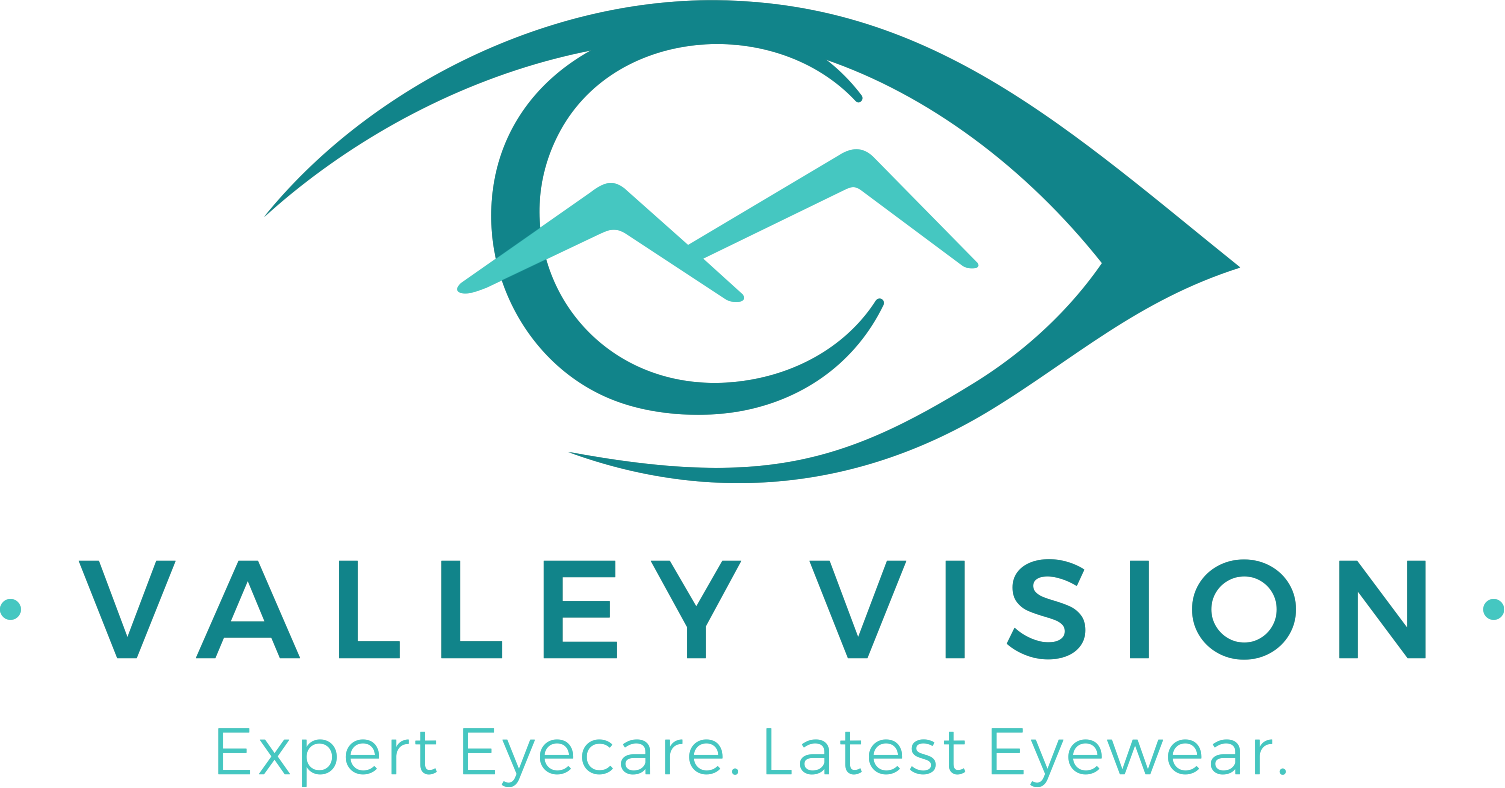ZEISS Visual Field Analyzer
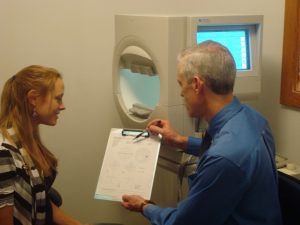 Valley Vision is happy to offer and provide some of the most advanced technology in the Optometry world in order to better serve our patients. Here are a few of the machines we use to capture great images of your eyes!
Valley Vision is happy to offer and provide some of the most advanced technology in the Optometry world in order to better serve our patients. Here are a few of the machines we use to capture great images of your eyes!
Optos Retinal Imaging:
The optomap retinal imaging is fast, painless, and comfortable. Nothing touches your eye at anytime, making it an ideal retinal scan for all ages. The optomap ultra-wide retinal image is a unique technology that captures 80% of your retina in one panoramic image while traditional imaging only shows 15% of your retina at one time!
The benefits of receiving this imaging include:
-Early detection from vision impairment or blindness
-Early detection of life-threatening diseases like cancer, stroke, and cardiovascular disease
-Helps your provider with early detection of retinal disease
Optos FAQ:
- Is optomap safe for children?
Yes! In fact there are many vision issues that can begin in childhood, so it is important for children to receive quality eye care - Does it hurt?
No, it’s completely painless and takes on a second to get images - How will this imaging benefit me?
The wide-view of your retina can help your doctor detect eye problems more quickly and easily. Unlike traditional eye exams, the optomap image can be saved for future comparisons. - How often should I have it done?
It is generally recommended that you have optomap done at every eye exam - Are there side effects?
Images are created by non-invasive, low-intensity scanning lasers. No adverse effects have been reported in over 39 million sessions
OCT (Optical Coherence Tomography) Retinal Imaging:
Eye diseases like glaucoma, macular degeneration, and diabetic retinopathy are not only very damaging, they are also very difficult to detect. Early symptoms are not always identified with conventional eye examination methods. Reliably assessing the health of your eyes requires a more in-depth examination with advanced technology known as optical coherence tomography (OCT). An OCT scan enables an in-depth assessment of the retina to detect warning signs before they affect vision.
This scan is another non-invasive way of the doctor receiving images to better understand your condition. To prepare you for an Optical Coherence Tomography (OCT) exam, the technician may put dilating eye drops in your eyes in order to widen your pupil and make it easier to examine the retina. After the pupils are dilated, the patient is seated in front of the OCT machine, the head rests on a support to keep it motionless.The patient simply looks into the lens of the device at a small, blinking target, the equipment scans the eye without touching it.
The OCT test is over in seconds. The doctor will then review the images and discuss with you any findings.
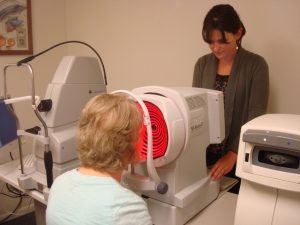
NIDEK 3-D Wavefront Analyzer
This amazing instrument measures many aspects of your visual system; including corneal topography, pupil size variation, visual wavefront aberrations and your prescription variation in different lighting conditions. The 3-D Wavefront Analyzer allows us to evaluate your total visual system for the best eyeglass or contact lens prescription.
The 3-D WAVE also aids in identifying specific eye diseases such as Keratoconus and Pellucid Marginal Degeneration. For patients needing cataract surgery, this instrument is very useful in determining which custom IOL implant provides your best vision. The 3-D WAVE is also an integral part of determining whether laser vision correction is right for you.
The 3-D WAVE Analyzer is one of a few that measures 100% of your visual system. It is truly the next wave in enhanced diagnostics, optimized refractions, and patient satisfaction.
If you have any questions about our services, please contact us today at (970) 945-6011.
